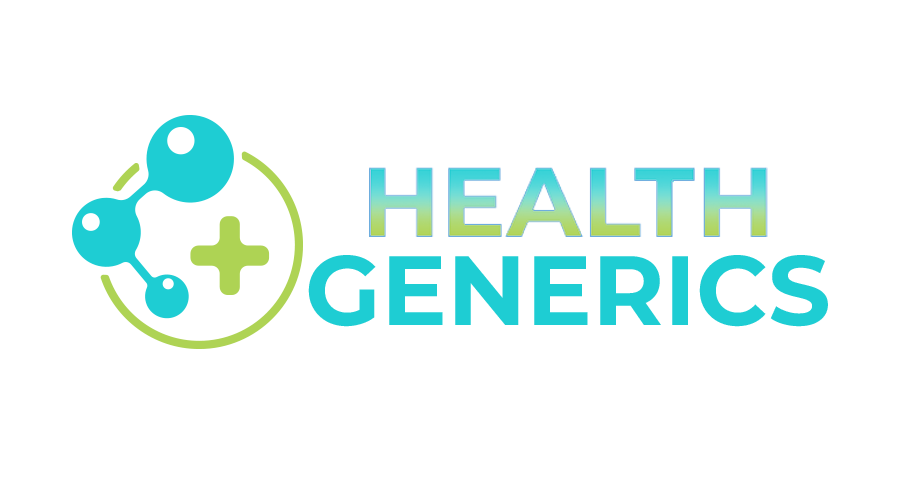Regenerative therapies, or regenerative medicine if you will, got a lot of press attention a few years back when an exceptionally small number of rogue practitioners injured a couple of patients with procedures that were inappropriate. As a result, consumers may have an unnecessarily negative view of regenerative medicine in general.
Consumers are apt to believe that regenerative therapies are unproven and unsafe. Their misconceptions are bolstered by clinicians dead set against anything that rocks the pharmacological boat. But in reality, regenerative therapies are the future of medicine. As such, consumers would be wise to start studying up now.
With that in mind, here are five things most people do not know about regenerative therapies:
1. Where Source Material Comes From
Regenerative medicine is built on the premise of encouraging the body to heal itself through natural processes. All regenerative therapies make use of biological material. The big question is, from where is that material sourced.
Biological material can be sourced from donors and then stored for later use – very similar to people giving blood that will eventually be utilized to treat patients in the emergency department. But there are two other options: biological material can be supplied by the very person being treated or even grown in a lab.
2. Certain Procedures Are Already Approved
Biological material provided by the person being treated is known as autologous material. What most people don’t know is that procedures involving autologous material are already approved by the FDA. Such procedures do not require further clinical testing for approval.
According to Lone Star Pain Medicine based in Weatherford, TX (Texas Pain Physicians), common examples of autologous regenerative therapies include platelet-rich plasma (PRP) injections and stem cell injections. As long as donated material is autologous and minimally manipulated, the procedures are approved under current FDA guidelines.
3. Autologous Procedures Are Safe
When performed according to medical standards and FDA rules, autologous procedures are safe. They utilize the patient’s own biological material so there is little to no risk of rejection. The risk of complications is extremely low as well. In most cases, the biggest risk is that of infection at the injection site. Bear in mind that infection is always a risk with any injection.
4. The FDA Supports Ongoing Research
People also don’t know that the FDA supports ongoing research into regenerative medicine. Not only that, but they also even promote the possibilities regenerative therapies hold for the future. So much so that the agency has an entire series of webinars and other resources dedicated to regenerative medicine.
In one such webinar, they feature a number of families who have first-hand experience with regenerative medicine through a family member who suffers from a rare or incurable condition. The families describe their own experiences with regenerative therapies.
5. It’s About Healing, Not Symptoms
Finally, the one thing that sets regenerative therapies apart from their pharmacological counterparts is intent. In most cases, pharmacological therapies are designed to address symptoms only. A chronic pain patient is prescribed narcotic painkillers that only numb the feelings of pain. They do nothing to address the root cause.
Regenerative medicine takes the opposite approach. It seeks to promote healing. Symptom relief is a natural result of that healing.
If you are among those who believe that regenerative therapies are unsafe and do not work, perhaps it’s time to do some research. Learn more about regenerative medicine and you will discover it is helping people even today. It is also the medicine of the future. As science unlocks its secrets, regenerative medicine will change the way we improve health and well-being.

